HP Multi Jet Fusion (MJF), yüksek hassasiyette ve dayanıklı parçaların basılması için en yaygın kullanılan 3D baskı teknolojilerinden biridir. Selective laser sintering (SLS) gibi toz yataklı füzyon muadilleriyle karşılaştırıldığında MJF 3D baskı, yüksek ölçekli üretim için daha uygun maliyetlidir. MJF ile basılan parçalar, prototiplerin yanı sıra son kullanıcıya sunmak için de yaygın olarak kullanılmaktadır.
MJF 3D Baskı Nasıl Çalışır?
Multi Jet Fusion 3D baskı prosesinde beş ana adım takip edilir:
- Adım 1 – Yazıcı kafası, üretim platformunun üzerine ince bir tabaka malzeme tozu bırakır.
- Adım 2 – Bir mürekkep püskürtme (inkjet) nozulu, toz tabakası boyunca hareket eder ve üzerine iki farklı türde sıvı madde bırakır: birleştirici ve detaylandırıcı maddeler.
- Adım 3 – Bir kürleme ünitesi toz yatağı boyunca hareket eder. Birleştirici madde bırakılmış her yerde, altındaki katman ergiyerek bir şekil oluştururken, detaylandırıcı maddenin bulunduğu alanlar ergimeden gevşek (sabitlenmemiş, serbest) toz halinde kalır. Detaylandırıcı madde kullanılarak, boyutsal doğruluk için parçanın kesin sınırlarını tanımlamak amaçlanır.
- Adım 4 – Tozlar temizlenir ve geriye istenilen geometriye sahip üretilen parça kalır. Bu şekilde gevşek toz kullanımı, (SLS’de olduğu gibi) alt katmanlar üstlerine basılanları desteklediğinden destek yapılarına olan ihtiyacı ortadan kaldırır.
- Adım 5 – Baskı işlemini tamamlamak için toz yatağının tamamı ve içindeki parçalar ayrı bir işleme istasyonuna taşınır. Burada, gevşek, ergimemiş tozun büyük bir kısmı vakumlanarak alınır ve atılmayarak yeniden kullanılmak üzere saklanır.
Baskıdan sonra parçalar, yüzey kalitesini ve görünümünü iyileştirmek için boncuk püskürtme, boyama veya buharla düzleştirme gibi son işlemlerden geçirilebilir.
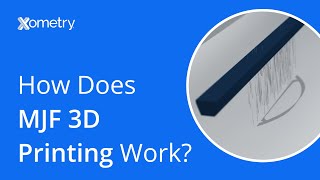
Multi Jet Fusion 3D Baskı için Malzemeler
MJF 3D baskıda kullanılan malzemeler iki kategoriye ayrılabilir:
- Sert plastikler: Nylon PA11, Nylon PA12, PP
- Esnek plastikler: Estane 3D TPU M95A
MJF 3D Baskının Avantajları
MJF; prototipleme, küçük ölçekli seri üretim ve (verimli ölçeklenebilirliği sayesinde) orta ölçekli seri üretimde uygulanan en popüler 3D baskı teknolojilerinden biridir. Onu benzersiz bir 3D baskı teknolojisi yapan bir dizi avantaja sahiptir.
MJF Destek Yapılarına Olan İhtiyacı Ortadan Kaldırır
MJF 3D baskı, bir toz yataklı füzyon eklemeli imalat teknolojisi olduğundan tasarımlarında herhangi bir destek yapısına ihtiyaç duyulmaz. Baskı sırasında tüm boş alanlar kullanılmayan serbest tozla doldurulur ve MJF baskılarının kendi kendini desteklemesini sağlar. Kompleks tasarımların basılması için, (genellikle FDM gibi alternatifler kullanıldığında sorun oluşturan) birden fazla parça halinde baskı yapmak yerine, Multi Jet Fusion en iyi çözüm olabilir.
MJF Parçaları Doğrudan Renkli Üretebilir
Multi Jet Fusion, mühendislik sınıfı plastikleriyle (Nylon 12) tamamen renkli olarak basabilen birkaç teknolojiden biridir. Bu teknolojiyle, optimum mekanik özellikleri korurken tamamen renkli ve işlevsel parçalar üretebilirsiniz. Bir dolaylı 3D baskı yöntemi olduğundan, voksel kontrol sistemiyle renk spektrumunun tümünda parçalar oluşturma kapasitesine sahiptir ve renkli üretim açısından çok daha hassastır.

MJF İyi Fiziksel ve Mekanik Özellikler Sunar
MJF ile bir parçanın ultra ince (80 mikron) katmanlar halinde basılması mümkündür. Bu sayede düşük gözeneklilik ve yüksek yoğunluk elde edilir ve basılan parçanın yüksek çözünürlüğe ve yeterli boyutsal doğruluğa sahip olmasına olanak sağlanır. MJF 3D baskı ile üretilen parçaların yüzey kalitesi kendiliğinden çok iyidir. Bu özellikler, Multi Jet Fusion’ı işlevsel prototipler ve az adetli nihai ürünler için ideal kılar. MJF 3D baskı prosesinde, tüm yönlerde yüksek mukavemet ve tutarlılığa sahip, oldukça izotropik parçalar elde edilir.
Multi Jet Fusion İyi Bir Fiyat-Kalite Oranına Sahiptir
FDM daha ucuz bir seçenek olsa da, MJF ile üretimde boyutsal doğruluk ve mekanik özellikler çok daha üstündür ve maliyet FDM ile hemen hemen aynıdır. Baskılar, ek bir ardıl işlem zahmetine gerek kalmadan doğrudan yazıcıdan iyi yüzey kalitesiyle renkli olarak çıktığından, renklendirme ve yüzey ardıl işlem maliyetleri de azalır.
MJF’de Ürün Teslim Süresi Kısadır
MJF 3D baskı prosesi, baskı hızı açısından hızlıdır, hatta SLS 3D baskı’dan bile daha hızlıdır. Toz halindeki malzeme kolayca bulunabildiğinden ve teknolojinin kendisi (aynı anda birçok parçayı üretme olanağı sayesinde) yüksek hacimli üretim için muadillerine göre daha uygun olduğundan, MJF yaygın olarak orta ölçekli seri üretim parçalarının üretilmesinde de tercih edilir.
MJF Daha Az Atık Üretir
MJF 3D yazıcılarda genellikle malzemenin %50’den fazlası baskıdan sonra yeniden kullanılabilecek durumdadır. İşleme istasyonu, artan malzemeyi yeniden kullanılmak üzere vakumlayarak yazıcıya geri çeker ve aynı zamanda basılan parçaları temizleyebilir. Daha az atık aynı zamanda tozdan tasarruf ve çevreye daha az zarar verilmesini sağlar.

Tam renkli 3D baskı MJF’de seçenekler
Multi Jet Fusion 3D Baskının Dezavantajları
MJF’nin sunduğu avantajların yanı sıra bazı olağan dezavantajları da bulunmaktadır.
MJF Sınırlı Malzeme Seçeneğine Sahiptir
MJF yalnızca nylon tozları (PA 11, PA 12), PP ve TPU ile baskı yapabilirken, FDM’nin MJF’nin kullandığı malzemelerin dışında baskı yapabileceği çok daha fazla malzeme tipi (ABS, PETG, PLA vb.) vardır. Diğer bazı yazıcılar da gıdada kullanılabilir malzemeleri kullanabilmektedir. İhtiyaç duyulan üretim, MJF’de kullanılabilen sınırlı malzeme tipiyle yapılabilir ise, MJF iyi bir seçenektir.
MJF Parçaları Daha Pürüzlü Bir Yüzeye Sahiptir
MJF ile üretilen parçalar yeterli yüzey kalitesine sahiptir ancak stereolitografi (SLA) veya Polyjet gibi pahalı seçeneklerle üretilen parçaların yüzeyine göre daha pürüzlüdür. Her ne kadar parçalara son yüzey kalitelerini iyileştirmek için ardıl işlem uygulanabilse de (medya tamburlama veya buharla düzleştirme), bu ek ardıl işlem toplam proses süresini ve maliyetini artırır.
Xometry’nin MJF 3D Baskı Hizmetleri
Xometry Türkiye, hem prototipler hem de seri üretimde, talebe özel 3D baskı projeleri için online MJF 3D baskı hizmetleri sunmaktadır. Tüm Avrupa ve Türkiye’de 2.500’den fazla üretim partnerinden oluşan bir ağa sahip olan Xometry, MJF 3D baskı parçalarını asgari 4 gün içinde üretip teslim edebilmektedir. MJF 3D baskıya yönelik çeşitli üretim seçenekleriyle anında fiyat teklifi almak için CAD dosyalarınızı Xometry Anlık Fiyat Motoru’na yükleyin.
 Europe
Europe  Türkiye
Türkiye  United Kingdom
United Kingdom  Global
Global 

 Xometry hesabımla giriş yap
Xometry hesabımla giriş yap  0
0

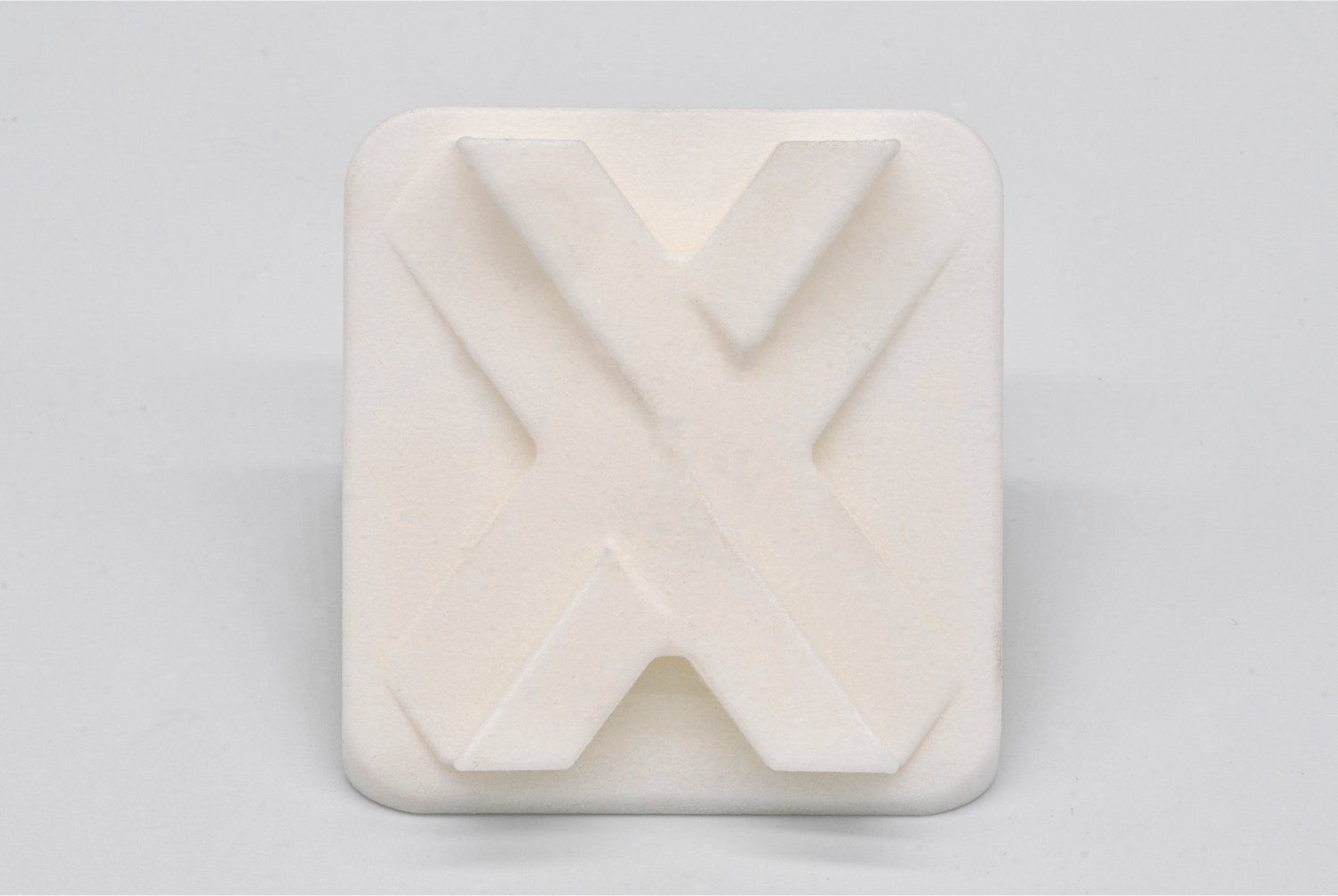




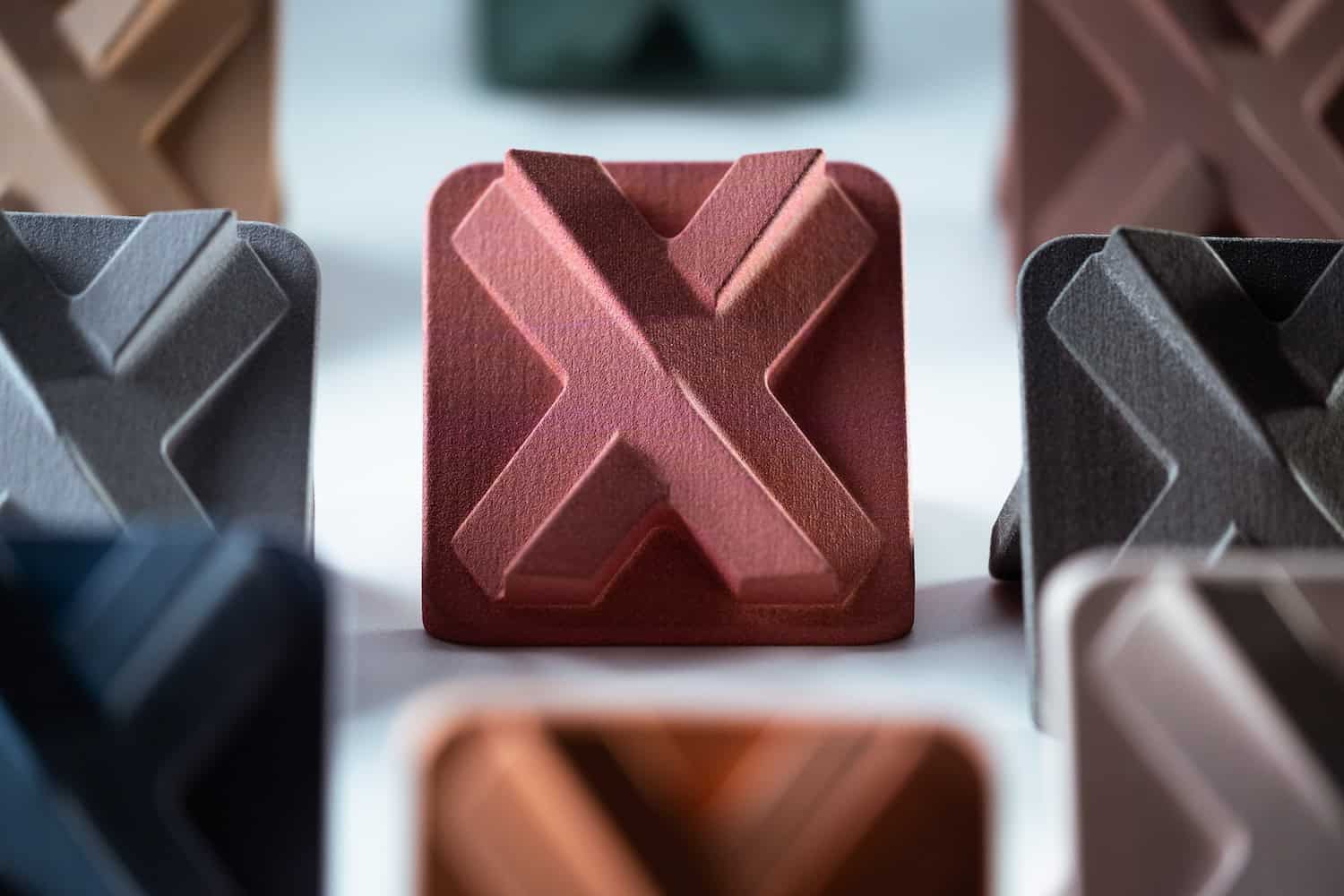
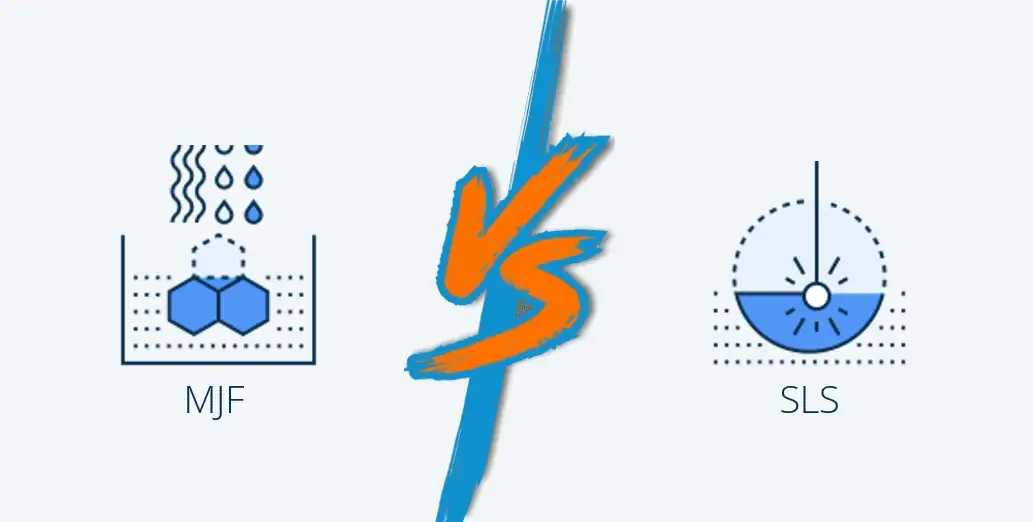
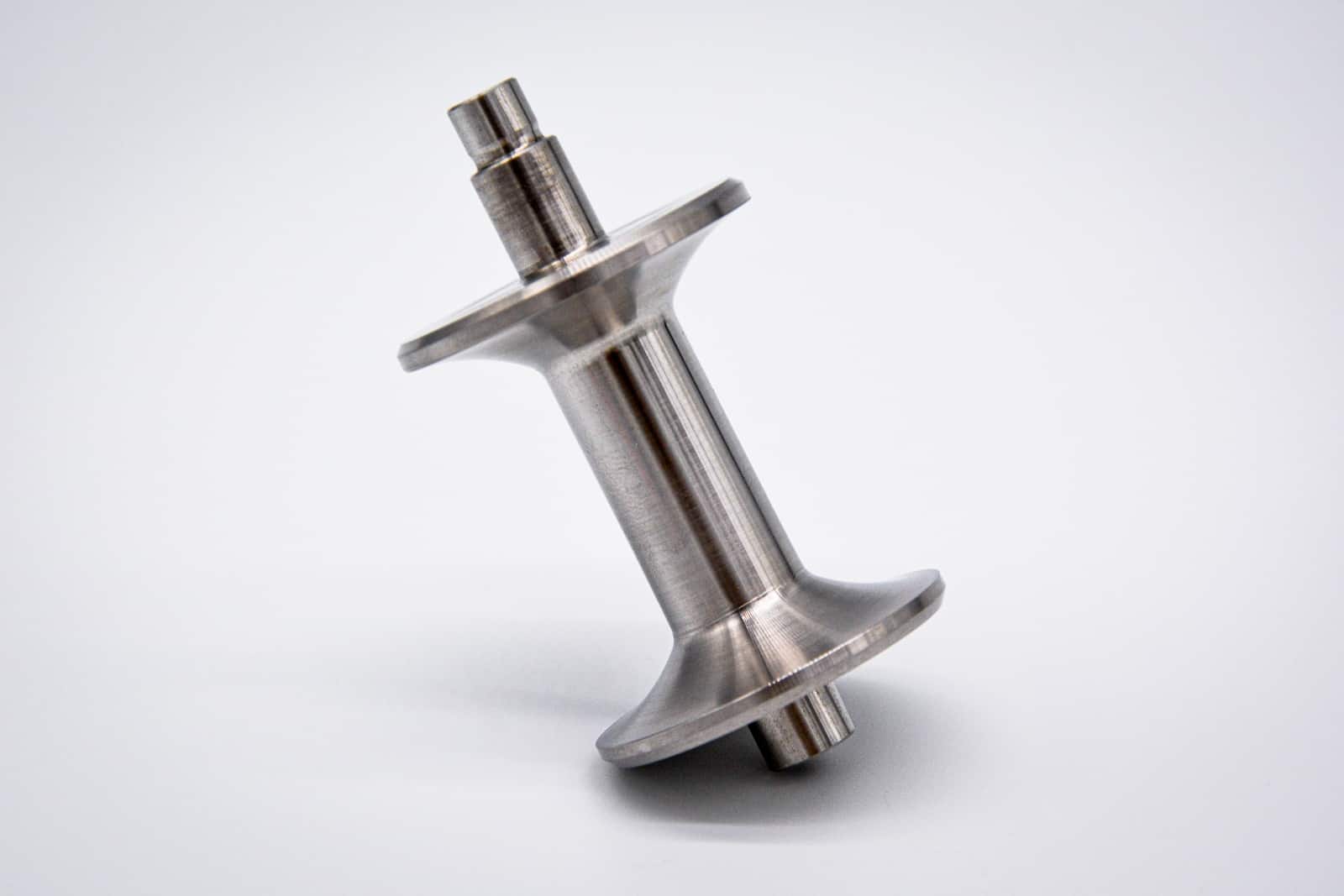




Comment(0)